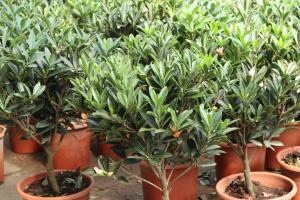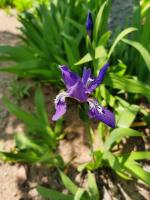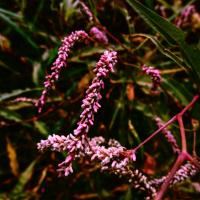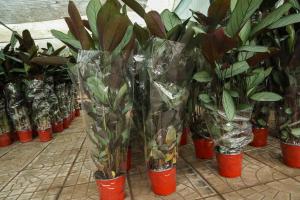What kind of tree to plant for best timber value
The value of timber produced from tree plantations has steadily increased in recent years, causing many landowners to consider investing in tree plantation for the purpose of timber production. Maximizing the value of timber produced requires careful selection of species that are long-lived and have desirable wood properties including high density, strength, and durability. In this article, we review some of the key factors that landowners should consider when deciding what kind of tree to plant for maximum timber value.
Site suitability
The first step in choosing tree species for timber production is to determine the site suitability of the land. Different tree species grow best under certain environmental conditions, such as soil type, moisture levels, and average temperatures. For example, some species like elm and oak require well-drained and fertile soils, while others such as red cedar can thrive in rocky and dry sites. Understanding the soil and climatic conditions of the site is crucial for selecting tree species that are best suited to the region.
Market demand
The next step is to consider market demand for particular tree species. While some species may have desirable wood properties, there may not be a strong market demand for them. Identifying local and regional demand for different tree species can help landowners to choose species that will be in high demand, resulting in increased profitability. For example, black walnut and cherry are known for their high-quality wood and are in high demand for furniture and flooring, making them valuable for tree plantation owners.
Species characteristics
The characteristics of various tree species are an important consideration for landowners. Certain species may have desirable characteristics such as fast growth rates or high rates of timber recovery, while others may be more prone to disease and insect damage. Understanding the growth characteristics of different species is important for landowners to determine the potential yield of their plantation and the time required for trees to reach maturity.
Financial considerations
The financial aspects of tree plantation require careful consideration. The costs associated with planting and maintaining a tree plantation can be significant, requiring landowners to carefully manage expenses to ensure profitability. Factors such as the cost of seedlings, land preparation, and weed control can impact the cost of the plantation. Landowners should consider the potential returns on investment when choosing tree species and should aim to achieve a balance between maximizing the value of the plantation and minimizing costs.
Conclusion
Selecting the right tree species to plant for timber production is a complex decision that requires consideration of many factors. Site suitability, market demand, species characteristics, and financial considerations all play a role in determining the best species for a particular plantation. Regardless of the species chosen, landowners should prioritize long-term sustainable forestry practices to ensure that their plantation remains healthy and productive for generations to come.

 how many times do yo...
how many times do yo... how many planted tre...
how many planted tre... how many pine trees ...
how many pine trees ... how many pecan trees...
how many pecan trees... how many plants comp...
how many plants comp... how many plants can ...
how many plants can ... how many plants and ...
how many plants and ... how many pepper plan...
how many pepper plan...































